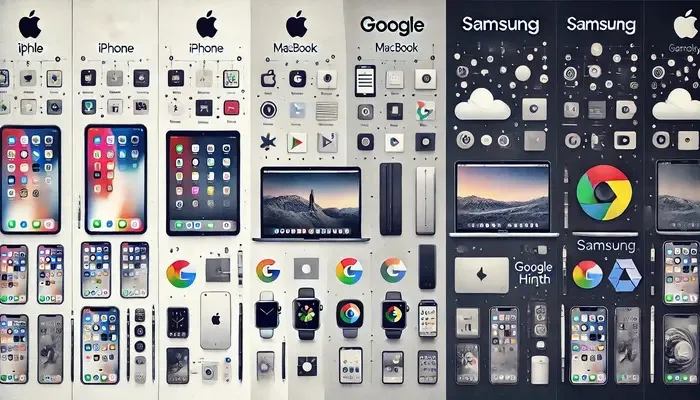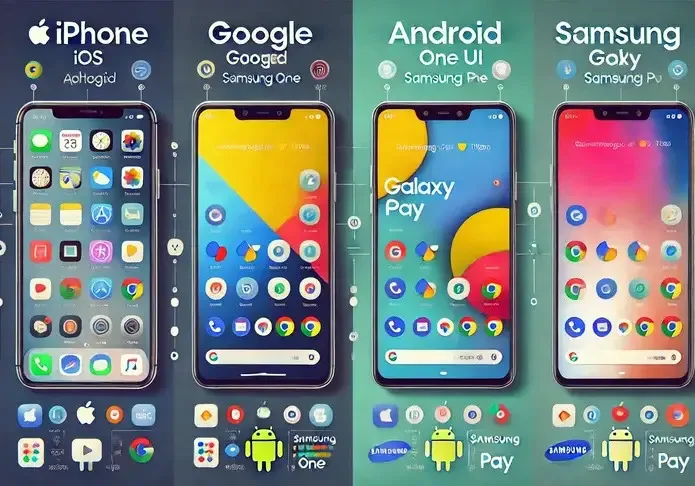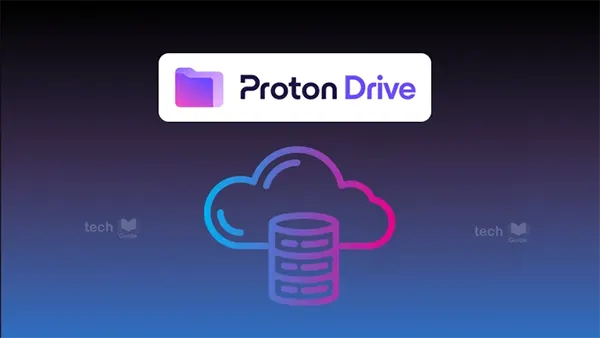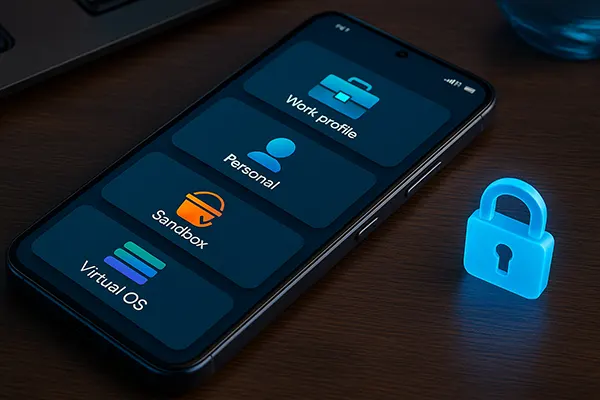Comparison of Smartphone Ecosystems: Apple, Google, and Samsung

The smartphone market is dominated by three major players: Apple, Google, and Samsung. Each offers a unique ecosystem that encompasses hardware, software, and services. This article explores and compares these ecosystems, highlighting their strengths and weaknesses to help users decide which best fits their needs.
Apple’s Ecosystem
Apple’s ecosystem is renowned for its seamless integration across devices and services. The cornerstone of this ecosystem is the iPhone, which works flawlessly with other Apple products such as the iPad, Mac, Apple Watch, and Apple TV.
Hardware and Software Integration: Apple controls both the hardware and software aspects of its devices, leading to a highly optimized user experience. iOS, the operating system for iPhones, is designed to maximize performance and security, offering regular updates that enhance functionality and fix vulnerabilities.
Services: Apple’s ecosystem includes a wide range of services such as iCloud for storage, Apple Music, Apple TV+, Apple Arcade, and Apple Pay. These services are deeply integrated, providing a cohesive experience across devices.
App Store: The App Store is another critical component, offering a vast selection of applications vetted for quality and security. Developers often prioritize iOS due to its lucrative market, ensuring that Apple users get access to the latest apps and updates.
Security and Privacy: Apple places a strong emphasis on user privacy, with features such as end-to-end encryption for iMessage and FaceTime, and privacy labels for apps in the App Store.
Google’s Ecosystem
Google’s ecosystem is built around its Android operating system, which powers a multitude of devices from various manufacturers. Unlike Apple, Google’s approach is more open and flexible.
Hardware and Software: While Google produces its own line of hardware, including the Pixel phones and Nest smart home devices, Android is available to a wide range of third-party manufacturers. This openness allows for a variety of device choices but can lead to inconsistencies in user experience and delayed software updates.
Services: Google’s ecosystem is heavily integrated with its suite of services such as Google Search, Gmail, Google Maps, Google Drive, and YouTube. The Play Store offers a vast array of apps, and Google’s AI and machine learning capabilities enhance services like Google Assistant and Google Photos.
Flexibility and Customization: Android users benefit from high levels of customization, from home screen layouts to app behavior. This flexibility allows users to tailor their devices to their preferences, but it can also lead to a more complex user experience compared to Apple’s streamlined approach.
Security: Google has improved security over the years with features like Google Play Protect and regular security updates. However, the open nature of Android means that it is more susceptible to malware compared to Apple’s closed system.

Samsung’s Ecosystem
Samsung, while relying on Android, has developed its own ecosystem of devices and services, adding unique value propositions for its users.
Hardware: Samsung offers a broad range of devices, including smartphones, tablets, smartwatches, and home appliances, all interconnected through the SmartThings platform. The Galaxy series, particularly the Galaxy S and Note lines, are flagship models that showcase Samsung’s hardware prowess.
Software and Customization: Samsung’s One UI, a customized version of Android, is designed to enhance usability and offer features not found on standard Android devices. This includes S Pen support for Note devices and multitasking capabilities on larger screens.
Services: Samsung provides its own set of services, such as Samsung Pay, Samsung Health, and the Galaxy Store. While these services are not as extensive as Apple’s or Google’s, they are well-integrated with Samsung’s hardware.
Interconnectivity: The SmartThings platform allows Samsung devices to connect and interact seamlessly, creating a smart home environment that is easy to control and automate.
Comparison of Ecosystems
When comparing the ecosystems of Apple, Google, and Samsung, several factors come into play:
Integration: Apple leads in seamless integration, thanks to its control over both hardware and software. Google offers broad compatibility and flexibility, while Samsung provides robust interconnectivity through its SmartThings platform.
Services: Apple’s ecosystem is rich in high-quality, integrated services. Google excels in AI-driven services and cloud capabilities, while Samsung offers solid, device-specific services that enhance its hardware offerings.
User Experience: Apple provides a streamlined, intuitive experience. Google’s ecosystem is highly customizable, appealing to tech-savvy users. Samsung strikes a balance, offering unique features and a cohesive experience through its One UI.
Security and Privacy: Apple is a front-runner in privacy and security. Google has made significant strides but still faces challenges due to the open nature of Android. Samsung, leveraging Android’s security features, also prioritizes user security through regular updates and Knox security platform.




